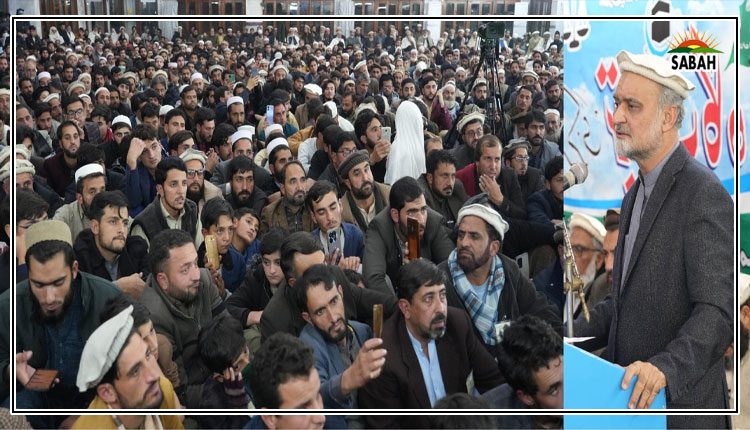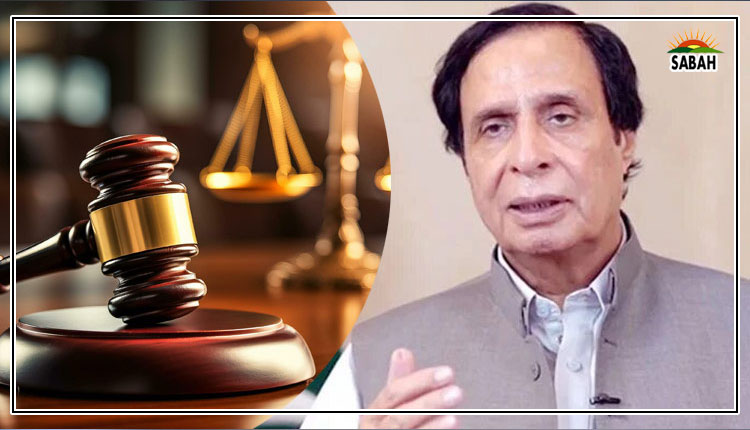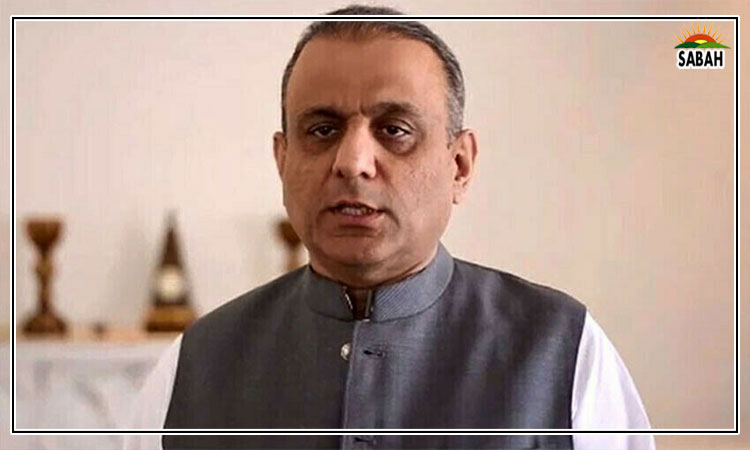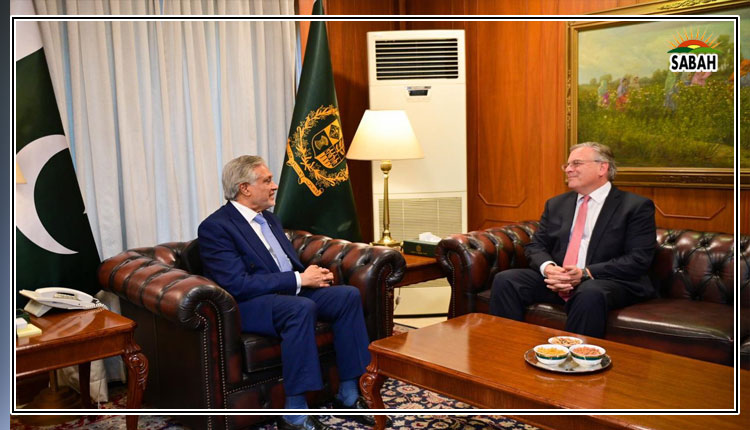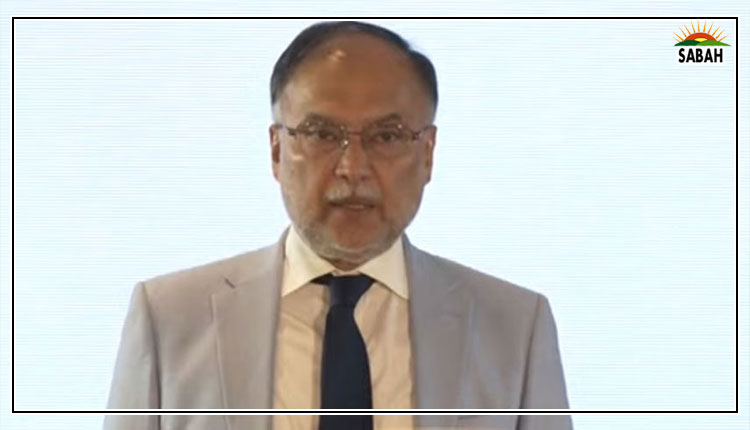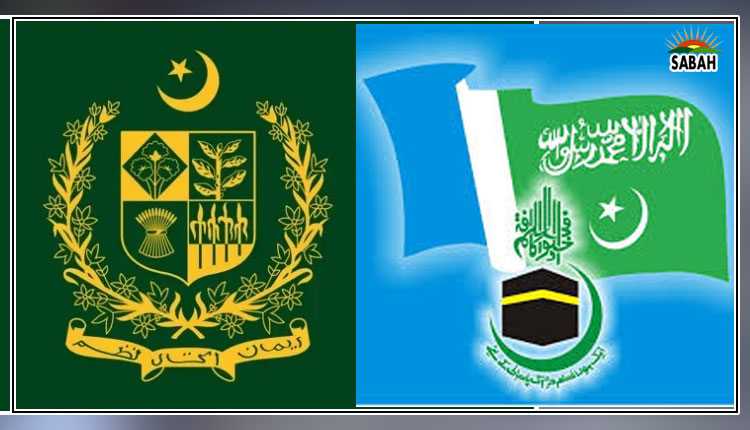Paint it saffron?…Khalid Bhatti
Last month, India held state elections in Madhya Pradesh, Chhattisgarh, Telangana, Mizoram and Rajasthan, and the results show that the BJP still enjoys majority in most parts of the country.
The Hindu-nationalist BJP has defeated the Congress in key Hindi states of Madhya Pradesh, Chhattisgarh and Rajasthan. The ruling party has not only retained Madhya Pradesh but dethroned the Congress in Chhattisgarh and Rajasthan. The Congress, however, has managed to defeat the Bharat Rashtra Samithi (BRS) in Telangana. And the Zoram Peoples Movement has won majority in the north-eastern state of Mizoram.
An official checks the names of Indian lambadi tribeswomen at a polling station during Indias general election at Pedda Shapur village. AFP/File
An official checks the names of Indian lambadi tribeswomen at a polling station during India’s general election at Pedda Shapur village. AFP/File
Most opinion and exit polls were indicating a close fight between the Congress and the BJP. But the ruling party performed much better than what the opinion polls suggested.
The 2023 elections are a reversal of the situation in 2018; the BJP had lost three states in 2018, and the Congress emerged victorious. In Madhya Pradesh, the BJP managed to topple the Congress government, which got weak due to rebellion by Congress MLAs. Jyotiraditya Scindia led the revolt, and 22 Congress MLAs quit the party and joined the BJP. This switch allowed the BJP to win 163 seats in the 230-member assembly, while the Congress won 66 seats. The BJP gained 57 seats while Congress lost 47 seats.
In the Rajasthan state elections, the BJP has comfortably won 115 out of the 199 Assembly seats and enjoys the majority to form the government. The ruling Congress managed to secure only 69 seats. Rajasthan has kept its tradition of ousting the ruling party after one term. No party has been able to retain power in this state in the last 30 years.
The BJP has also defeated the Congress in Chhattisgarh, winning 54 seats. The ruling Congress finished second with 35 seats.
In Telangana, the Congress has defeated the regional ruling party BRS after winning 64 seats. The KCR-led BRS now has 39 seats in the assembly. The BJP has come third with eight seats AIMIM seven and CPI one. Not only has the BJP increased its tally of seats from the previous one to eight, but it has also increased its vote bank.
In Mizoram, the Zoram Peoples Movement (an alliance of small regional parties and social movements) has defeated the ruling Mizo National Front (MNF by winning 27 seats in the house of 40. The BJP-ally MNF has secured 10 seats.
The BJP and Congress have won two seats and one seat respectively. This is the fourth consecutive defeat for the Congress in state elections in the north-eastern states of Mizoram, Meghalaya, Tripura and Nagaland this year. Once a dominant political force in the north east, the Congress has won only nine out of 220 seats in the four states.
These results show that the BJP and its allies are still strong in northern Indian states also known as the Hindi Heartland. Modi is still popular in the Hindi Belt, thanks to his politics of hate and divisiveness. He has skillfully used the Hindutva agenda with the rising economic power of India to build his image of a strong leader.
Modi has used the G20 meeting held in India to bolster his image as an important international leader. He has also used the recent spat with Canada over the killing of a prominent leader of Khalistan movement in Canada to whip up Indian nationalism. Despite his politics of divide and rule, he is still the most dominant political leader on the national level. And there is no doubt that this is a morale-boosting victory for the BJP party before the crucial general elections that are scheduled for May2024.
But Modi and the BJP have failed to make big inroads in southern states. The party is still quite weak in Tamil Nadu, Andhra Pradesh, Kerala, Karnataka, Telangana and West Bengal. The Congress, CPI-M and regional parties are much stronger there as compared to the BJP, which mainly depends on its regional allies in south and north-east India.
The Congress defeat in three states of the Hindi Heartland is a big blow for the Congress-led opposition alliance which was formed a few months ago by at least 28 national and regional parties. Called the Indian National Developmental Inclusive Alliance or INDIA, the group was set up to challenge the Modi-led NDA alliance.
Many regional parties are strong enough to defeat the BJP in their respective states in South India in state elections. But when it comes to general elections, these parties lack star power on the national level. Modi still enjoys a lot of popularity, and the Congress seems to be a weak link in this opposition alliance.
In many Hindi Belt states, the fight is directly between the Congress and the BJP, and a weak Congress is a big plus point in these battlegrounds for the BJP in the 2024 general elections. The Congress has failed to make a comeback in key states including Bihar, Uttar Pradesh (UP) and Mahashtra. These three states account for more than 170 seats in the house of 535 seats.
The Congress has also failed to attract young voters and use the current high youth unemployment rate against the BJP government. It lacks an attractive economic programme with solutions to win over the confidence of young and middle-class voters. The opposition alliance INDIA needs a pro-people and progressive economic agenda to attract young and working-class voters.
But the Congress is still using old slogans of Indian nationalism and secularism against Modi and the BJP. These slogans are not enough to counter the Hindutva agenda. There is hardly any difference between the Congress and the BJP on the economic agenda. Both are in favour of pro-rich neoliberal free market economic policies. The only difference is that the Congress mixes its neoliberal economic policies with Indian nationalism and secularism while the BJP mixes them with Hindu nationalism.
The Congress also lacks charismatic leaders like Nehru, Indra Gandhi and Rajeev Gandhi. While Rahul Gandhi has increased his popularity on the national level in recent times, he is still trailing behind Modi.
The Congress has also lost big chunks of Dalit and tribal voters in recent years. The Modi-led BJP government continues to attack minorities including Muslims. Hardline Hindu nationalists have built a strong narrative against Muslims to whip up Hindu nationalism.
We will now see how these factors will affect the 2024 elections and who will emerge as the winner.
Courtesy The News


